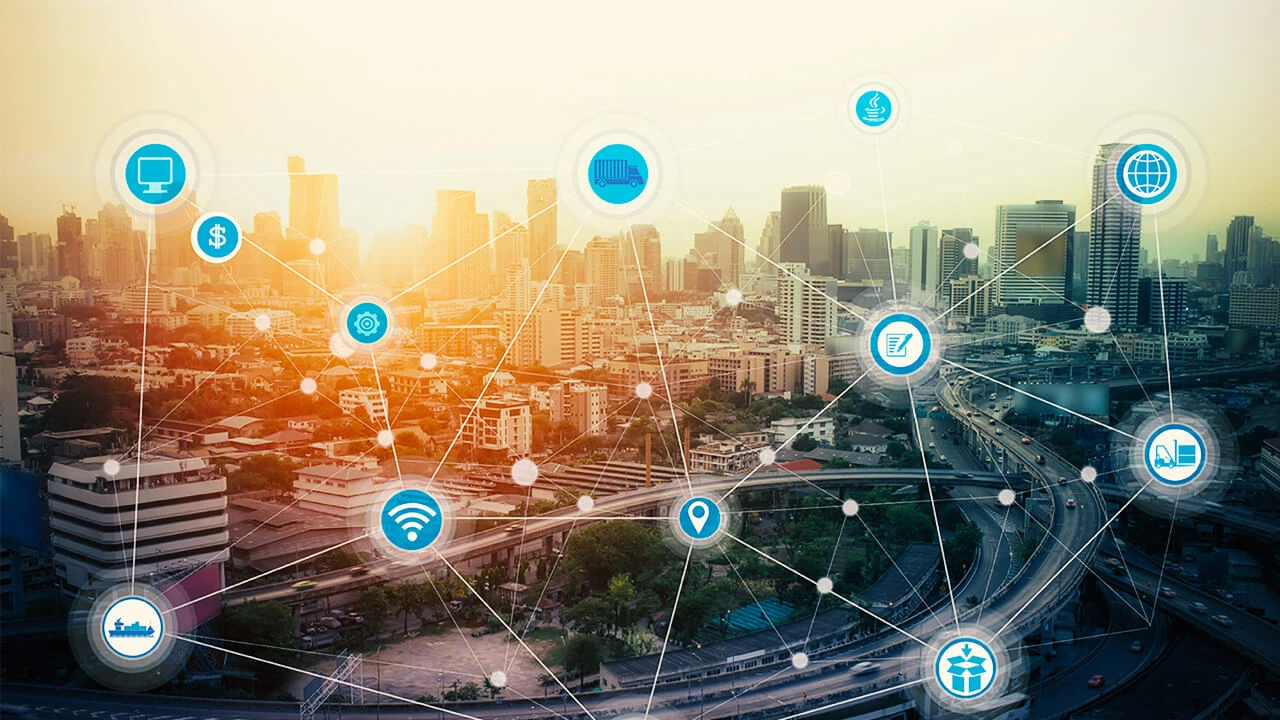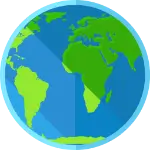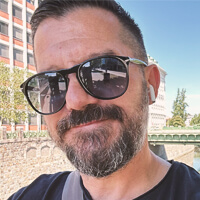
ADVANCITY, AN ECOSYSTEM DEDICATED TO SUSTAINABLE URBAN INNOVATION
ADVANCITY, The Smart Metropolis Hub, the only cluster dedicated to Sustainable City and Mobility, brings together more than 260 members (SME-ETI, leading global groups, higher education and research institutions, local authorities and investors) Which explore the fields of urban innovation within 4 Strategic Committees (CoS), real think-tanks for the emergence of projects.
International development
ADVANCITY places international development at the heart of its 2013-2018 strategy. The challenge is to support members in their international development by contributing to the setting up of technological partnerships with European partners and capitalizing on the advancity® brand to promote French know-how on an international level.








